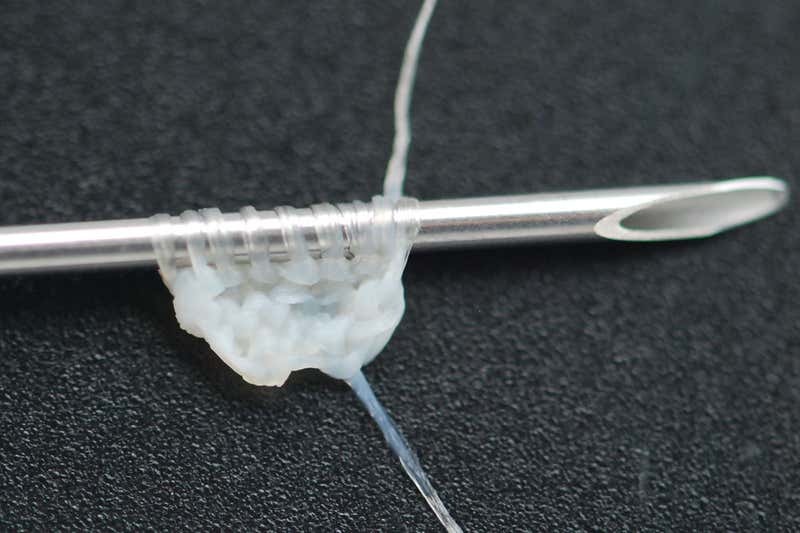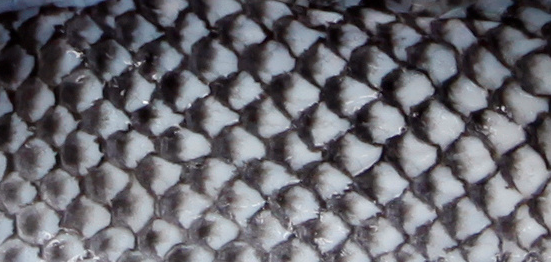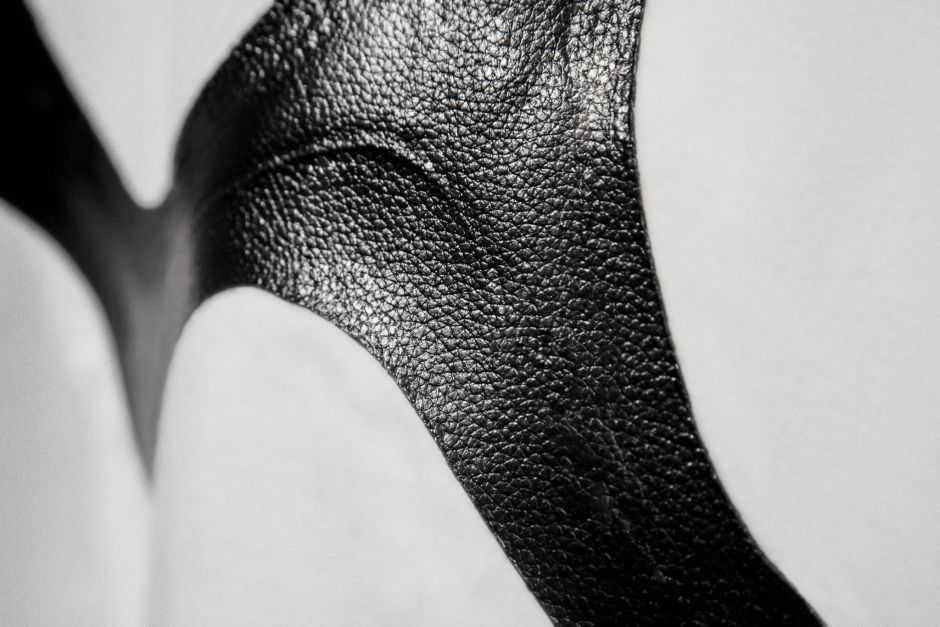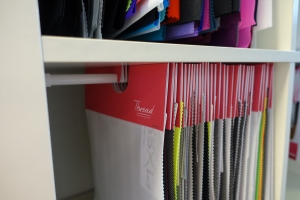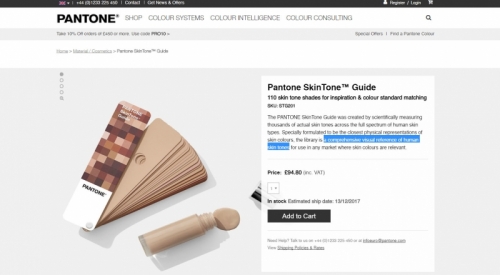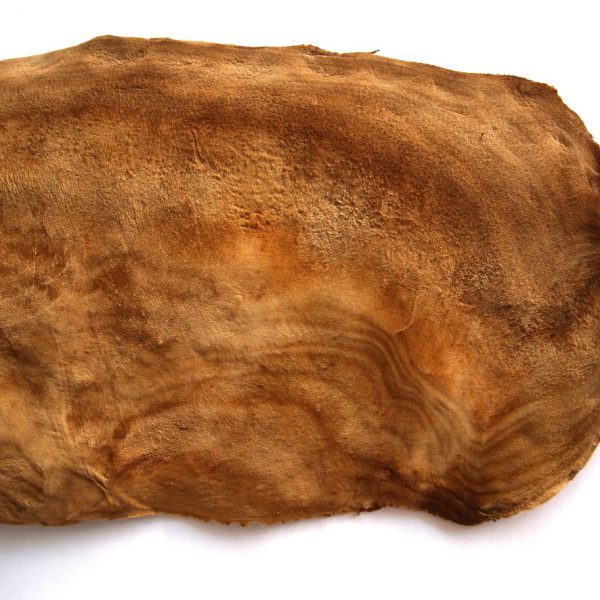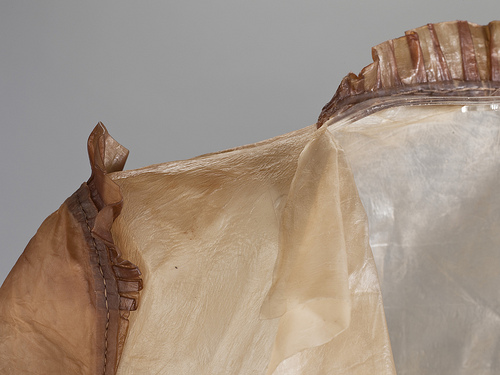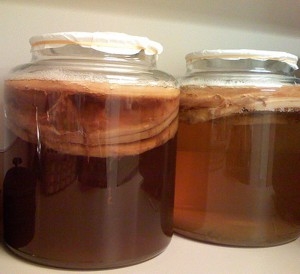Darn and (skin)graft!
The idea of darning up a missing piece of skin on a human being sounds like the kind of medicine Lewis Caroll and Tim Burton might dream up but it could now be possible in the real world.
Work at the French National Institute of Health and Medical Research in Bordeaux showed that “any textile approach is feasible: knitting, braiding, weaving, even crocheting.” Here at Thread we work on many medical products that are in contact with the human body. The properties of textiles are well suited to close contact with the body. They can be flexible, soft, and permeable while providing support and maintaining position. When synthetic threads and scaffolds are used they can trigger an immune response.
